
Google Map Reviews
















Contact Form







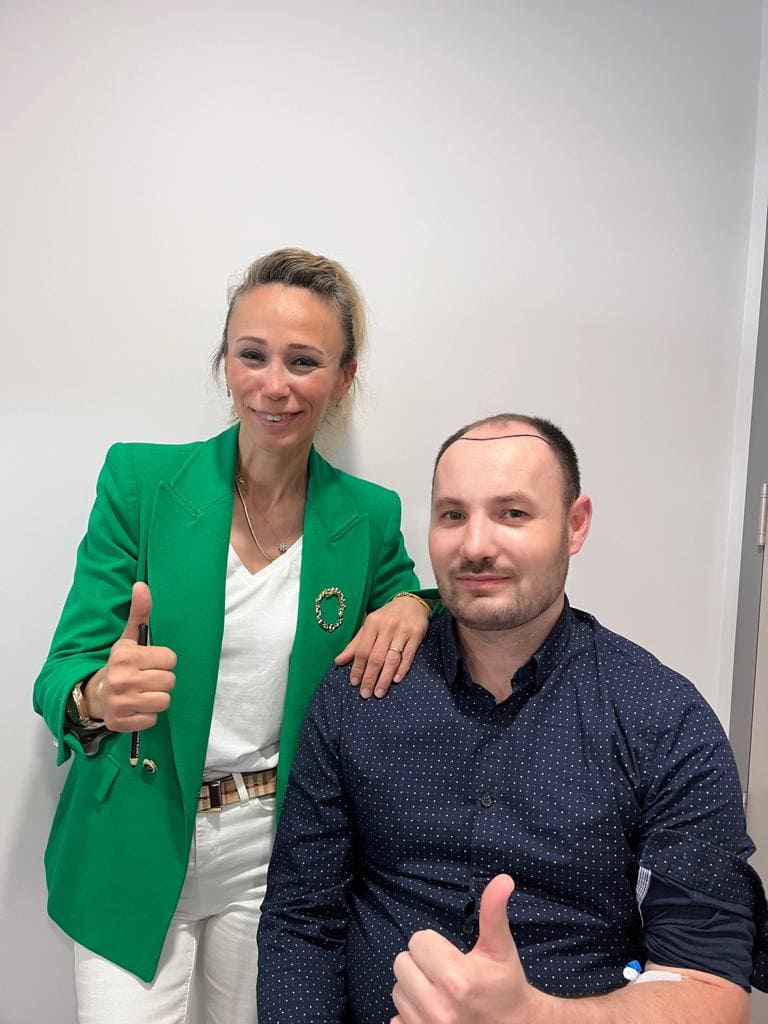
About Us
In our clinics and hospitals with high quality standards, with our professional operation teams, health consultant / translator staff working with an excellent service understanding; We realize the most natural and successful results with the target of 100% satisfaction.
In accordance with this purpose
*We have a staff of doctors, specialists, technicians and patient consultants with 10-25 years of experience.
*We perform successful operations in private clinics and hospitals equipped with the latest technology and highly sterile.
*You will get the most suitable natural look for you.
*Our private translator will accompany you from the moment you arrive in our country until the moment you return to your country. You will feel like you are in your country during the whole process.
*We provide lifelong health consultancy service.
- Hair Transplant
- Rhinoplasty









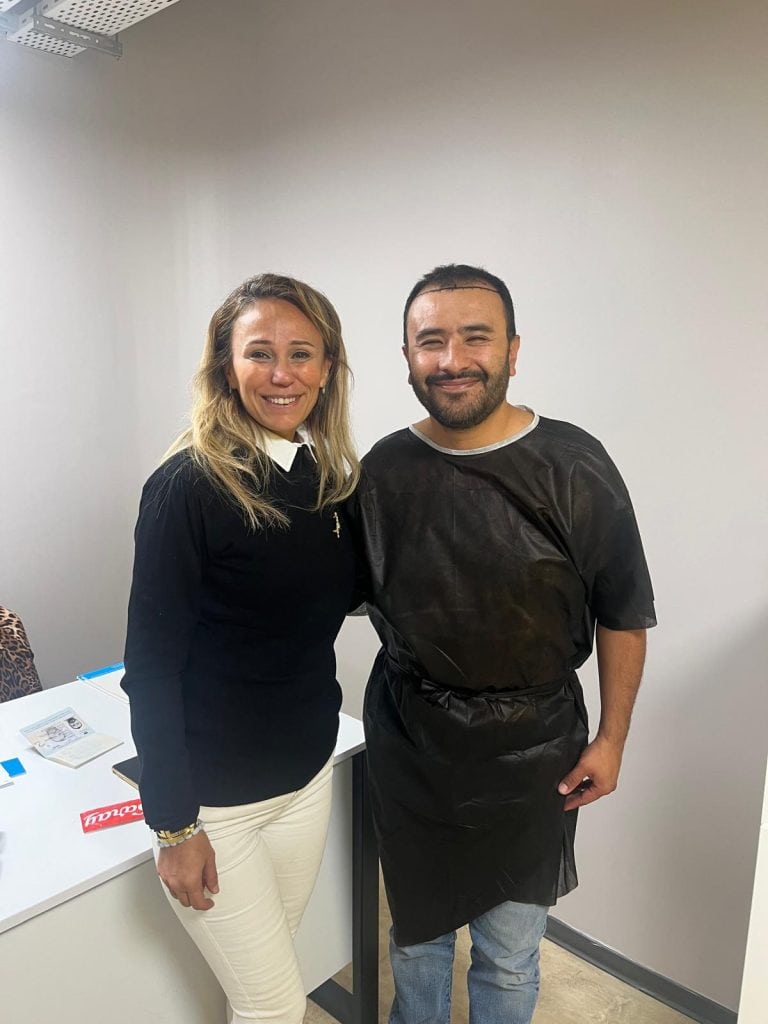
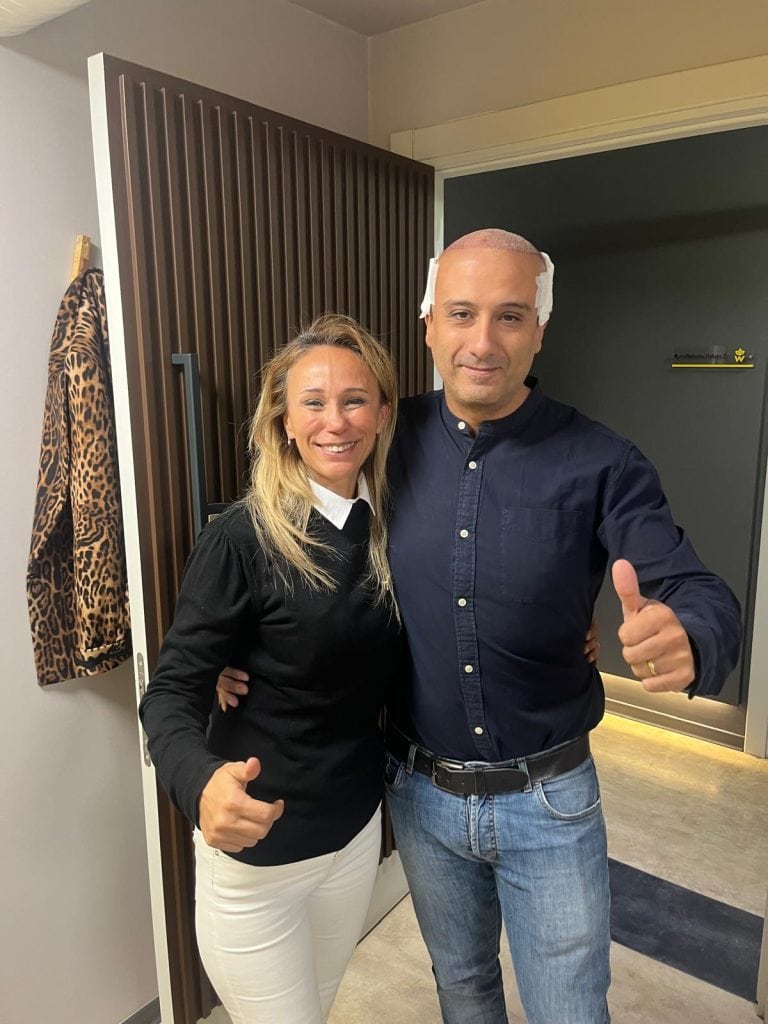
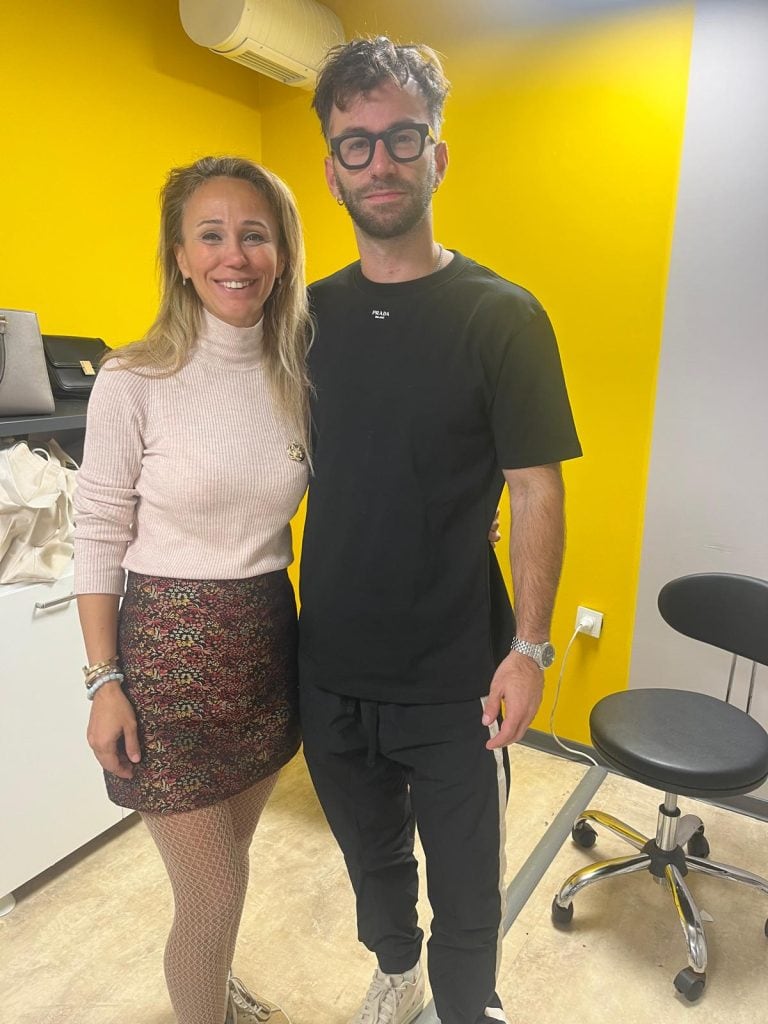
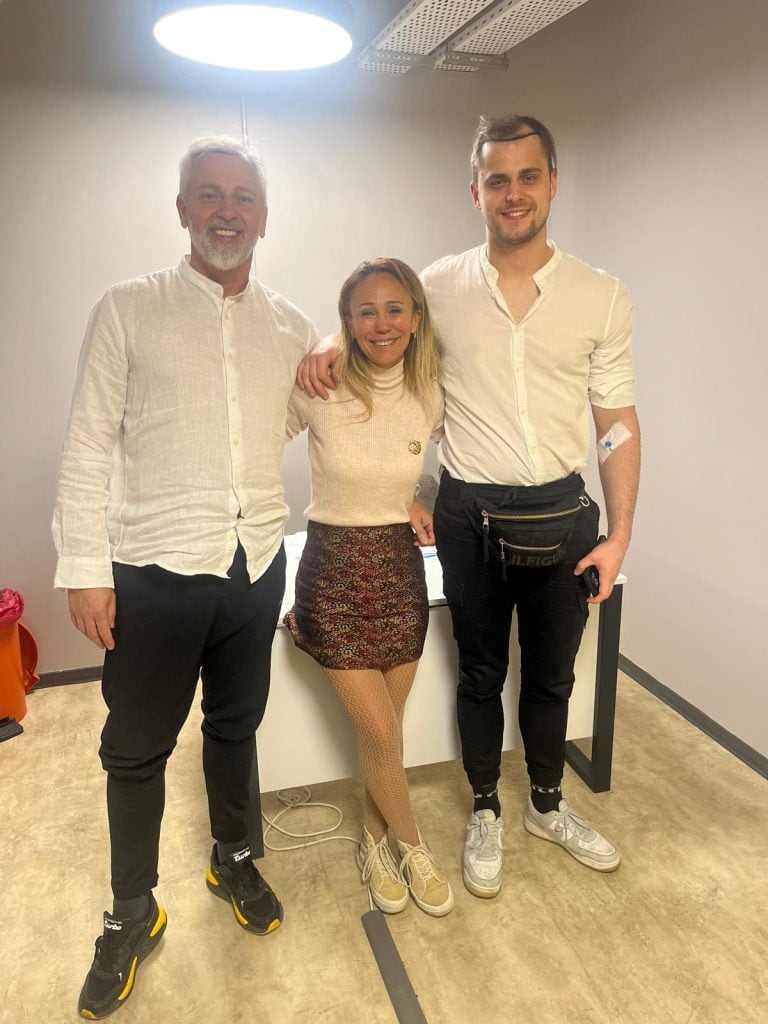
About Hair Transplantation?
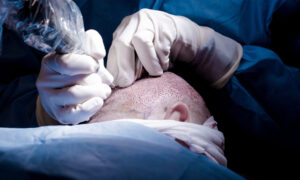
Hair transplantation is a natural and permanent solution to the problem of thinning and baldness in people who experience hair loss or hair loss. The process of transferring the hair root seed to the area where the hair follicle is not active, baldness or thinning occurs with micro-surgical methods is called hair transplantation. Hair transplantation is planned individually and hair follicle seeds are taken from areas that are resistant to shedding, such as the nape, and hair follicles are transplanted with different methods by the person and his team who grow to the area with baldness or sparseness. With this application, it is aimed to have permanent and healthy hair as if their own hair has never been lost, both medically and aesthetically.
About Rhinoplasty?

Rhinoplasty is the general name given to all procedures performed to change the shape of the nose. People may want to have rhinoplasty for different reasons. Rhinoplasty can be performed to correct birth defect, repair deformities or improve the physical appearance of the nose. Rhinoplasty is also performed to facilitate breathing. In some cases, there may be both visual and functional impairment. Before aesthetics, the structure of the nose should be well understood. There is bone in the upper part of the nose and cartilage in the lower part. The nose is covered with skin and has an important function for the respiratory system.
Rhinoplasty
What Are the Results of Rhinoplasty?
The results of rhinoplasty allow the person to achieve the desired appearance when the surgery is successful. It is necessary to know that rhinoplasty surgeries are challenging. The nose is in the middle of the face and it is a mixed shape, so it should not be expected to complete the operations easily. Even simple touches during surgery provide great results. However, it should not be forgotten that the margin of error is high for small changes. It should not be forgotten that the nose will continue to change after the surgery. This applies to the rest of the body. The answer to the question of when the nose will reach its desired shape after surgery cannot be given easily. This period may be different for each patient. It can be a long process for the nose to become the desired one. The person must be able to afford this process. Patients do not have swelling problems within one year after the operation. However, in some cases of rhinoplasty, there may be situations where people need to be operated again. In this case, experienced and knowledgeable physicians should be preferred.
FAQ
A properly performed hair transplant is permanent. The transplanted hair follicles are taken from the donor area (usually the back of the head), which is genetically resistant to hair loss. Once implanted, they will continue to grow naturally for a lifetime.
Most patients report little to no pain during the procedure. Local anesthesia is applied to numb the scalp, and mild sedation can be used if needed. After the operation, some minor discomfort may occur for a few days, but it is generally well-tolerated.
This depends on the technique and the patient’s job. Most people return to work within 3–5 days after the procedure. Swelling and redness usually subside within a week, and you can resume normal activities shortly after.
Transplanted hair initially sheds within the first 2–4 weeks (a natural process). New permanent hair starts to grow around the 3rd–4th month. The full, natural result is usually visible after 9–12 months.
Ideal candidates are men or women with stable hair loss, sufficient donor hair at the back of the scalp, and realistic expectations. A consultation with a qualified surgeon is essential to determine suitability and create a personalized treatment plan.
Blog
Contact Info
We Will Call You
info@serpilasamhairclinic.com
